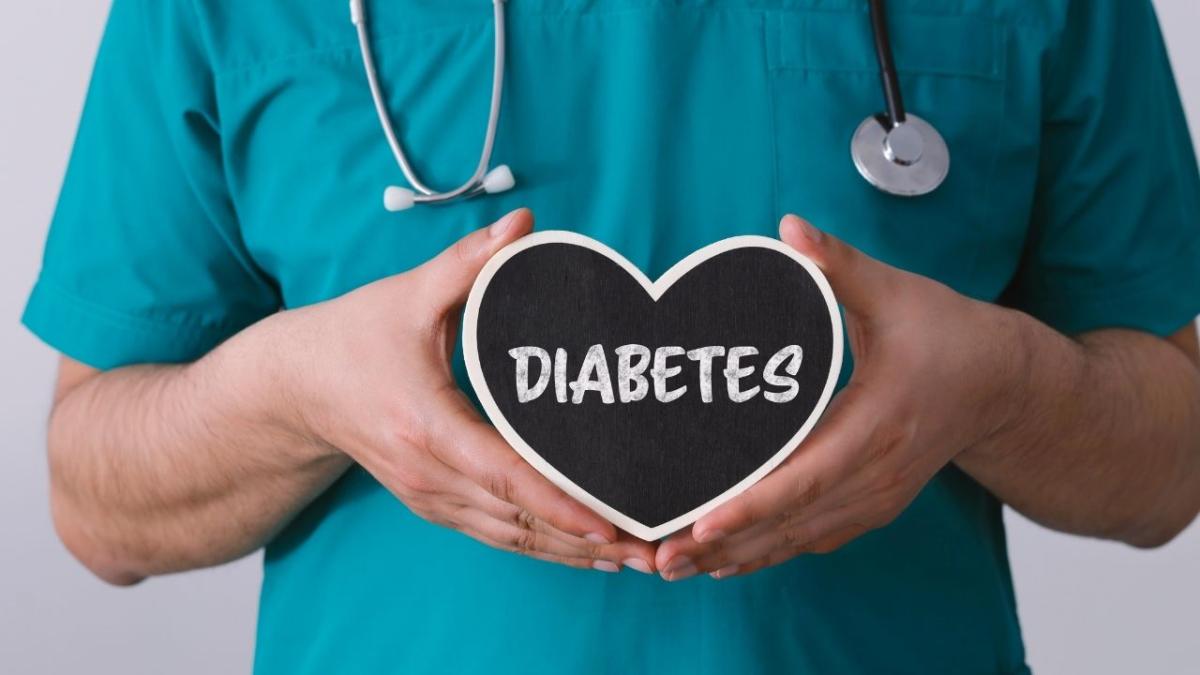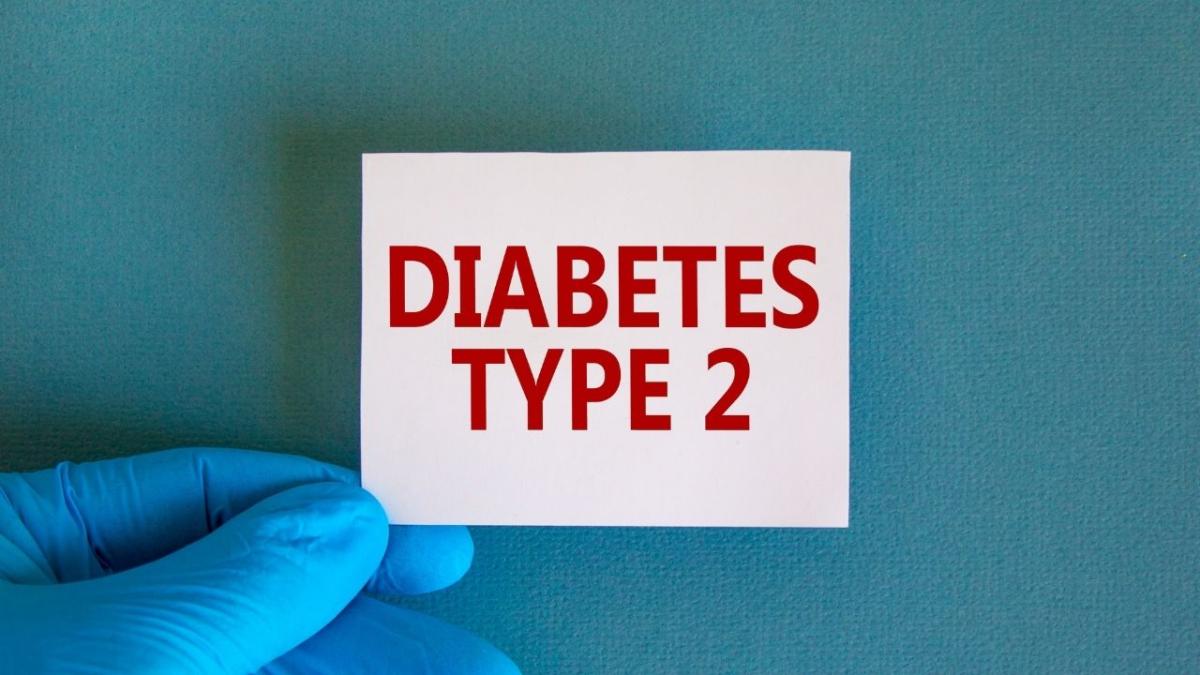Difference Between Type 1 And Type 2 Diabetes

An Overview
Diabetes is one of the most common chronic health conditions affecting millions of people worldwide. It occurs when the body is unable to regulate blood sugar (glucose) levels properly. Glucose is the main source of energy for the body’s cells, and insulin, a hormone produced by the pancreas, helps move glucose from the blood into the cells.
When insulin is not produced in enough quantity or the body cannot use it effectively, glucose builds up in the blood, leading to high blood sugar levels — a condition known as diabetes mellitus.
There are several types of diabetes, but the two most common forms are Type 1 and Type 2 diabetes. Although both cause elevated blood sugar levels, they develop differently and require different management approaches.
What is the Difference Between Type 1 and 2 Diabetes
The main difference between Type 1 and Type 2 diabetes lies in how the body produces and uses insulin.
- In Type 1 diabetes, the body’s immune system mistakenly attacks and destroys the insulin-producing cells in the pancreas (called beta cells). As a result, no insulin or very little insulin is produced.
In Type 2 diabetes, the pancreas still produces insulin, but the body’s cells don’t respond properly to it. This condition is called insulin resistance. Over time, the pancreas may also produce less insulin, worsening the condition.
Let’s understand each type in more detail.
Type 1 Diabetes
Type 1 diabetes is an autoimmune condition. This means the body’s immune system mistakenly identifies the insulin-producing cells in the pancreas as harmful and destroys them. As a result, the pancreas produces little to no insulin.
Because of this, people with Type 1 diabetes must take insulin injections or use an insulin pump every day to survive.
Key characteristics of Type 1 diabetes:
Usually develops in childhood or adolescence, but can appear in adults too
Caused by immune system damage to pancreatic cells.
Common symptoms include:
- Frequent urination
Excessive thirst and hunger
Unexplained weight loss
Fatigue or weakness
Blurred vision
Slow-healing cuts or wounds
Since Type 1 diabetes develops quickly, diagnosis often happens soon after symptoms appear.
Type 2 Diabetes
Type 2 diabetes is the most common type of diabetes, accounting for about 90–95% of all cases. It develops gradually and is mainly associated with lifestyle factors, such as poor diet, lack of physical activity, and obesity.
In this condition, the body becomes resistant to insulin, meaning it doesn’t use insulin effectively. Over time, the pancreas can’t keep up with the demand for insulin, leading to rising blood sugar levels.

Key characteristics of Type 2 diabetes:
- Usually develops in adults over 40, but increasingly seen in younger people
Caused by insulin resistance and gradual loss of insulin production
Can often be managed with lifestyle changes, oral medications, or insulin if needed
Can often be prevented or delayed through healthy habits
Gradual onset of symptoms
Common symptoms include:
- Increased thirst and hunger
Frequent urination
Blurred vision
Fatigue
Numbness or tingling in hands or feet
Frequent infections or slow-healing wounds
Because Type 2 diabetes develops slowly, many people may not know they have it until complications arise.

Causes and Risk Factors
While both conditions involve problems with insulin, their causes are different.
Type 1 Diabetes Causes & Risks:
Autoimmune reaction (the immune system attacks pancreatic cells)
Genetic predisposition
Environmental triggers such as viral infections
No link to lifestyle factors
Type 2 Diabetes Causes & Risks:
Family history of diabetes
Being overweight or obese
Lack of physical activity
Unhealthy diet high in sugar and processed foods
High blood pressure or cholesterol
Age (more common in adults)
Gestational diabetes history in women
Treatment and Management
Type 1 Diabetes:
Insulin therapy (injections or insulin pump) is essential.
Regular blood sugar monitoring is required multiple times a day.
Balanced diet and exercise help maintain stable blood sugar levels.
Type 2 Diabetes:
Lifestyle modification is the first line of treatment (healthy diet, exercise, weight loss).
Oral medications (like metformin) may be prescribed to help the body use insulin more effectively.
Insulin therapy may be required in advanced stages.
Routine blood sugar monitoring is essential to track progress.
Both types require regular medical check-ups, foot care, and monitoring for complications such as nerve damage, kidney disease, or vision problems.
Can Diabetes Be Prevented?
Type 1 diabetes cannot be prevented since it is an autoimmune condition. However, early diagnosis and proper insulin therapy can prevent severe complications.
Type 2 diabetes, on the other hand, can often be prevented or delayed by maintaining a healthy lifestyle — eating a balanced diet, exercising regularly, maintaining a healthy weight, and avoiding smoking and excessive sugar intake.
Conclusion
Understanding the difference between Type 1 and Type 2 diabetes is essential for early recognition and effective management. While both types share the problem of high blood sugar, their causes, onset, and treatments differ significantly.
With regular checkups, healthy habits, and proper medical care, people with diabetes can lead long and healthy lives. Recognizing symptoms early and taking proactive steps can make a life-changing difference.
Would you like me to create a 1500-word SEO-optimized version of this article with bolded keywords and structured formatting for hospital or blog publication?